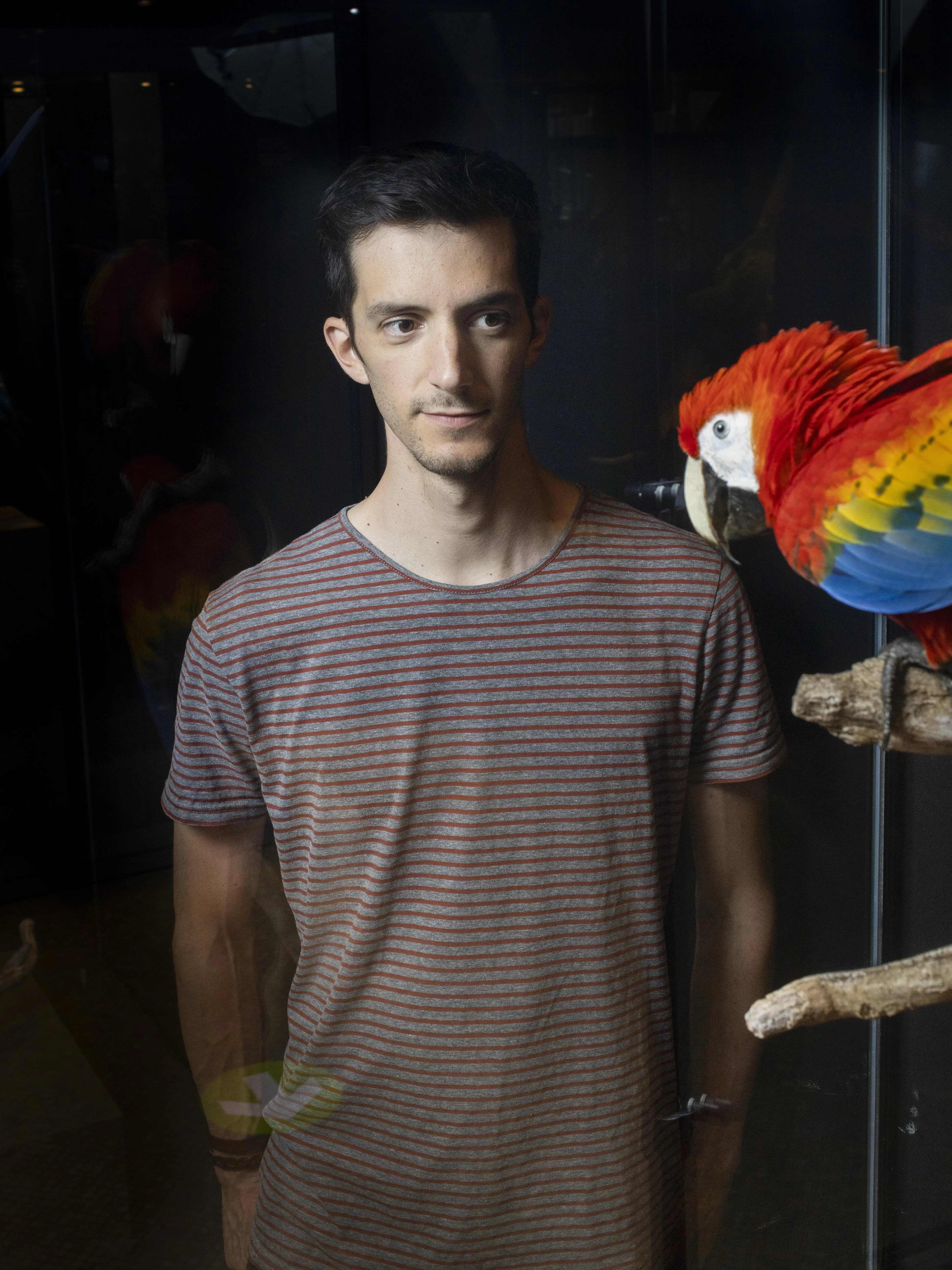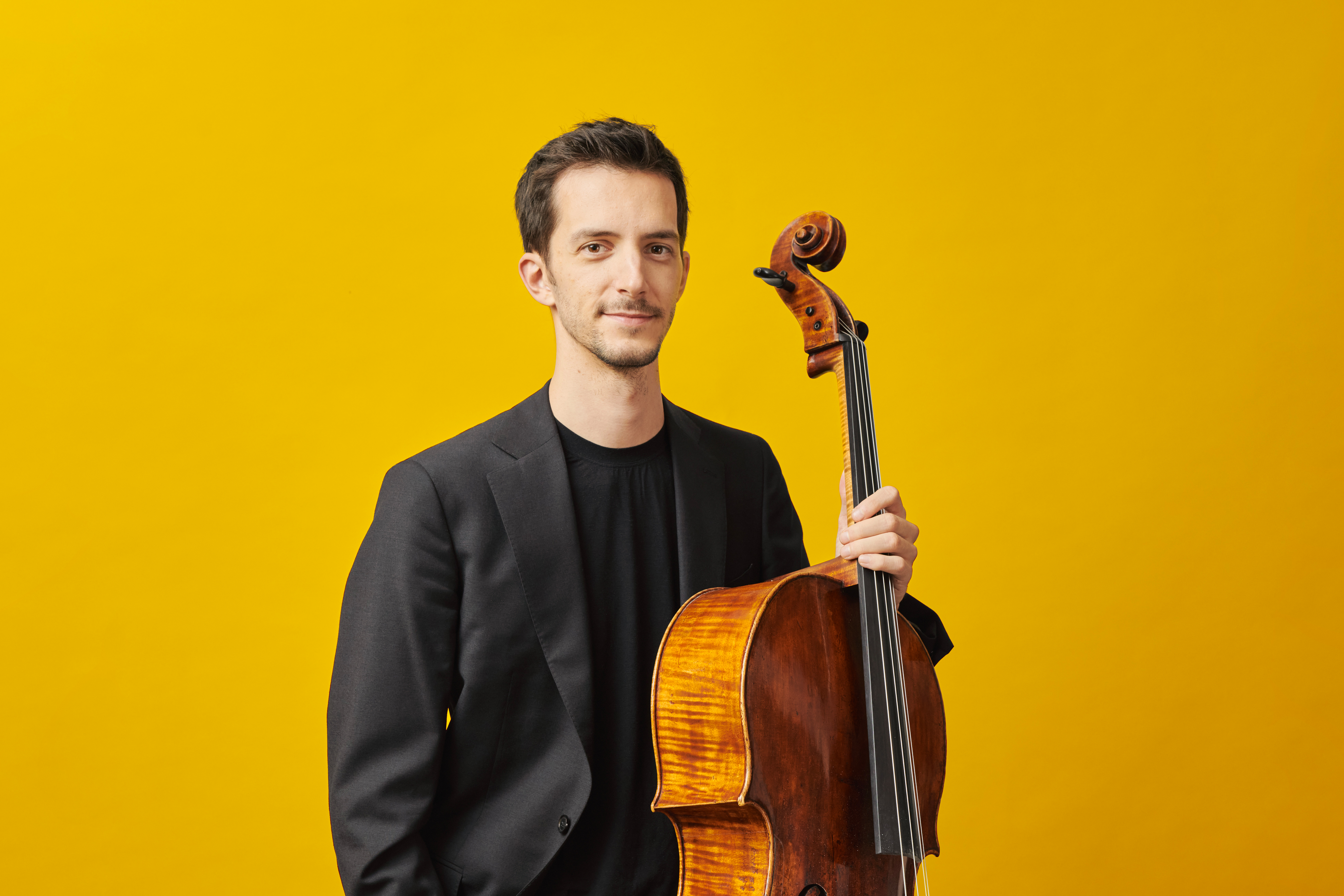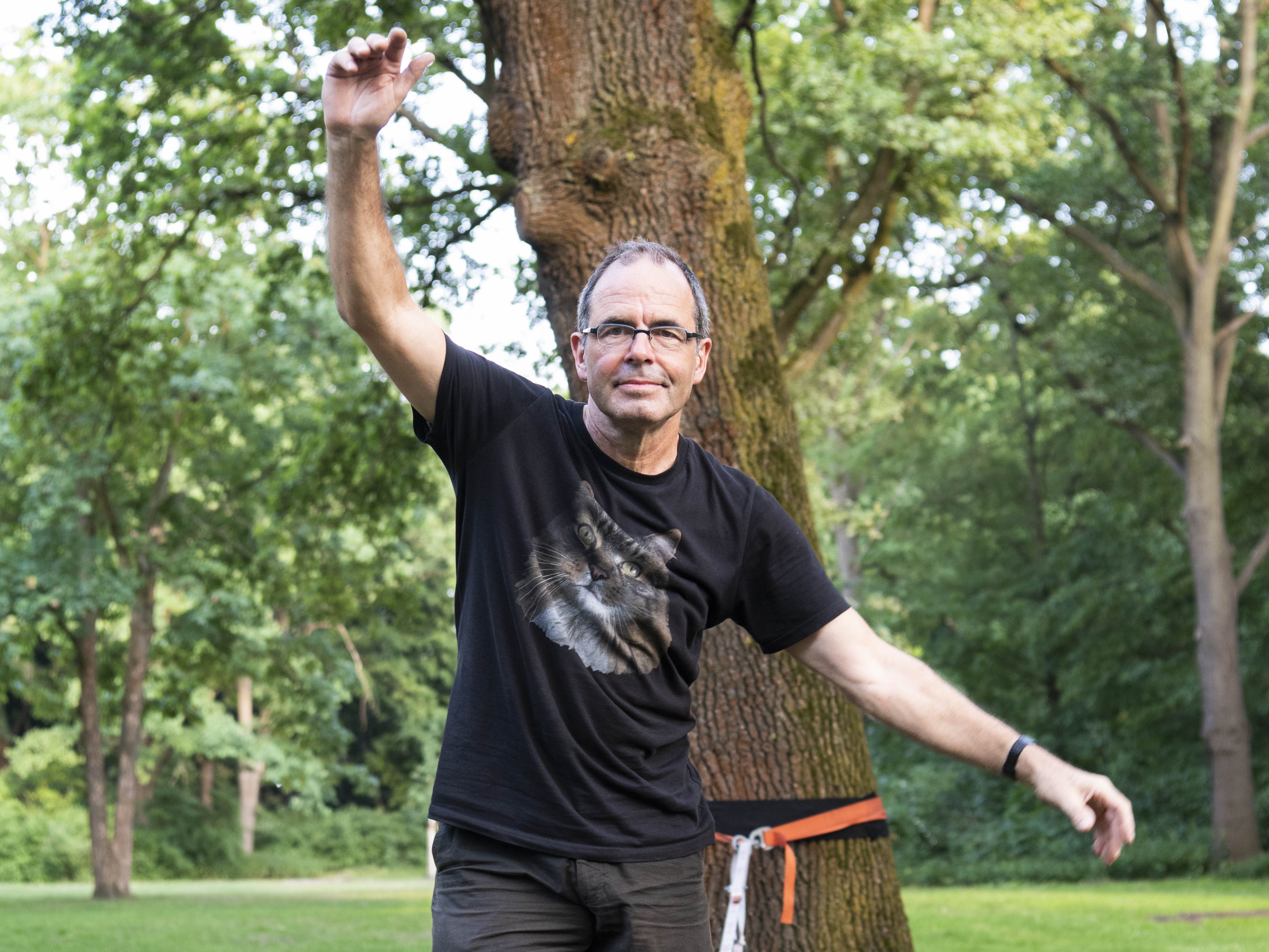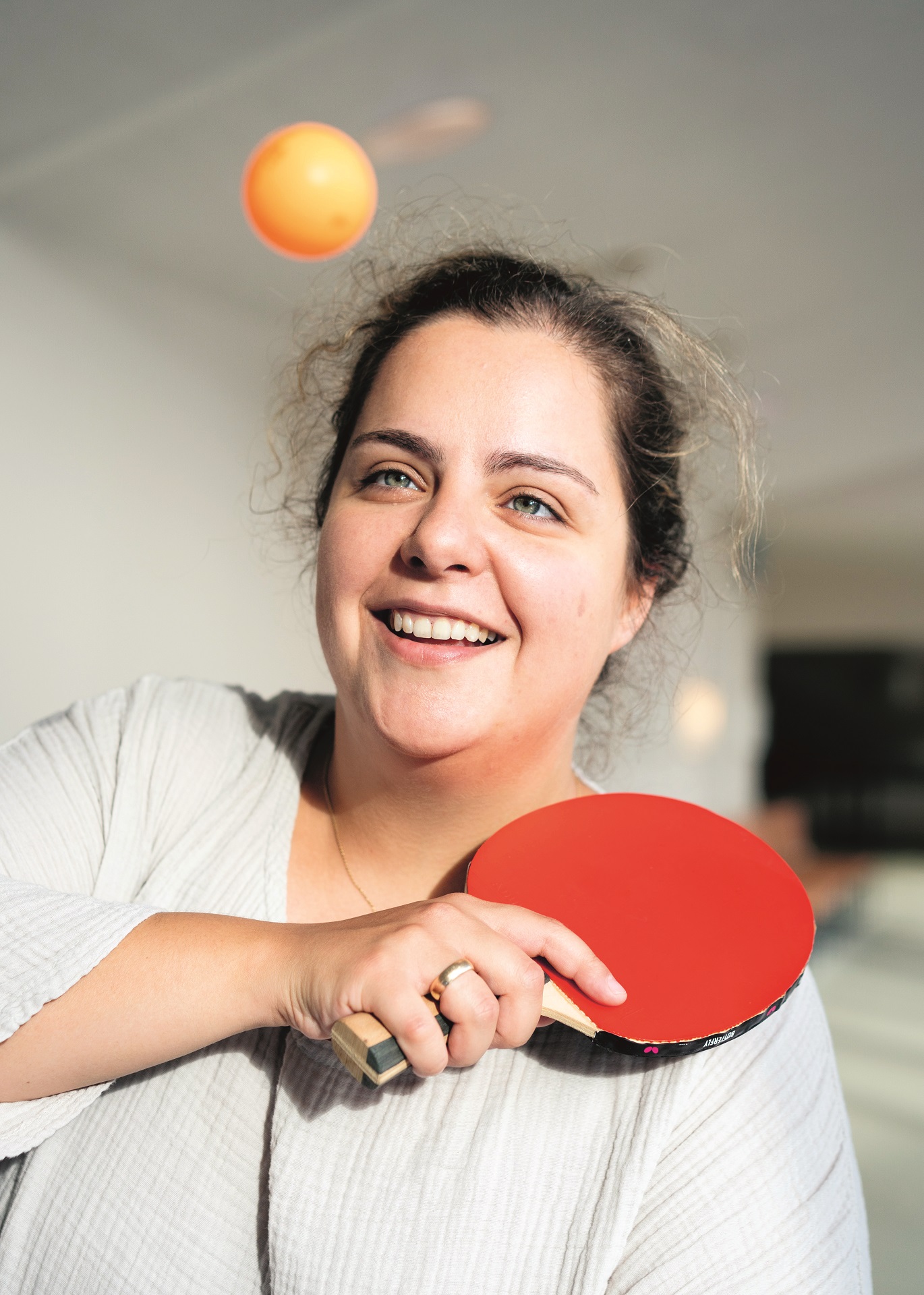- If I were not a musician ...

In this section, we introduce members of the Berliner Philharmoniker and their extramusical passions. This time: Cellist Bruno Delepelaire, who could also have imagined a profession working among swifts or cranes as an alternative to his musical career.
“I have probably seen every animal documentary on YouTube,” says Bruno Delepelaire with a smile as he enters Berlin’s Naturkundemuseum (Museum of Natural History). For the first principal cellist of the Berliner Philharmoniker, the splendid imperial building is a special place that reminds him very personally of his start in Berlin. He lived directly across from it when he was still a scholar at the Karajan Academy. When he left home in the morning to go to the Philharmonie, the imposing structure always caught his eye.
Bruno Delepelaire is passionate about ornithology – the scientific study of birds. It all began with an issue of Hulotte, a popular science journal for children and young people in France. This issue awakened his interest in the colourful, rich world of birds, which has continued undiminished till today. He still enjoys reading books about ornithology, but it is even better to observe birds outdoors.
Whenever time permits, Bruno Delepelaire goes out to the countryside. Recently he was in Linum near Fehrbellin, which is a mecca for bird lovers. As many as 20 pairs of storks nest in the small village every year, and tens of thousands of cranes and geese also flock to the fields and marshy meadows surrounding Linum in the autumn before continuing their flight south. But even in a large city like Berlin, countless birds can be studied, especially since Berlin has more biodiversity than Paris, for example. That has to do with its geographical location, because Berlin lies on flight paths that birds use while migrating from the north to the south. In addition, the many forests, parks and lakes within Berlin’s city limits are a natural habitat for birds. During the winter, Bruno Delepelaire even found kingfishers in the park at Schloss Charlottenburg (Charlottenburg Palace).
“You become more aware of the world around you through birdwatching,” the 31-year-old explains. “You discover peculiarities that you probably would never have noticed otherwise.” Bruno Delepelaire has observed a decline in the populations during the past 20 years, however. “As a child, I could watch hundreds of swifts in front of my window in Paris,” he says. “Today there are unfortunately far fewer.” Climate change is omnipresent.
Does he have a favourite bird? “One . . .?” Bruno Delepelaire replies, smiling. He has many favourite birds. But if he had to choose three, they would be the kingfisher, the swift and the great grey owl.
The fact that Bruno Delepelaire became a cellist is due to his grandmother, an enthusiastic amateur cellist. He came to Berlin as an Erasmus scholar in 2012 to continue his studies with Jens-Peter Maintz at the University of the Arts and with Ludwig Quandt at the Karajan Academy. He has been first principal cellist of the Berliner Philharmoniker since 2013.
If he had not become a musician, Bruno Delepelaire says as he leaves the museum, ornithology might have been a career alternative. But things turned out differently, of course. A loss for the world of birds, perhaps – but definitely a gain for the Berliner Philharmoniker and their audiences.

Bruno Delepelaire
Profile of the 1st Principal cellist of the Berliner Philharmoniker

Martin Heinze: If I were not a musician ...
In this section, we introduce our readers to members of the orchestra and their extra-musical passions. Today it is the turn of the double bass player Martin Heinze, who likes to rise above things.

If I were not a musician ...
Violinist Hande Küden could have pursued a career as a professional athlete.